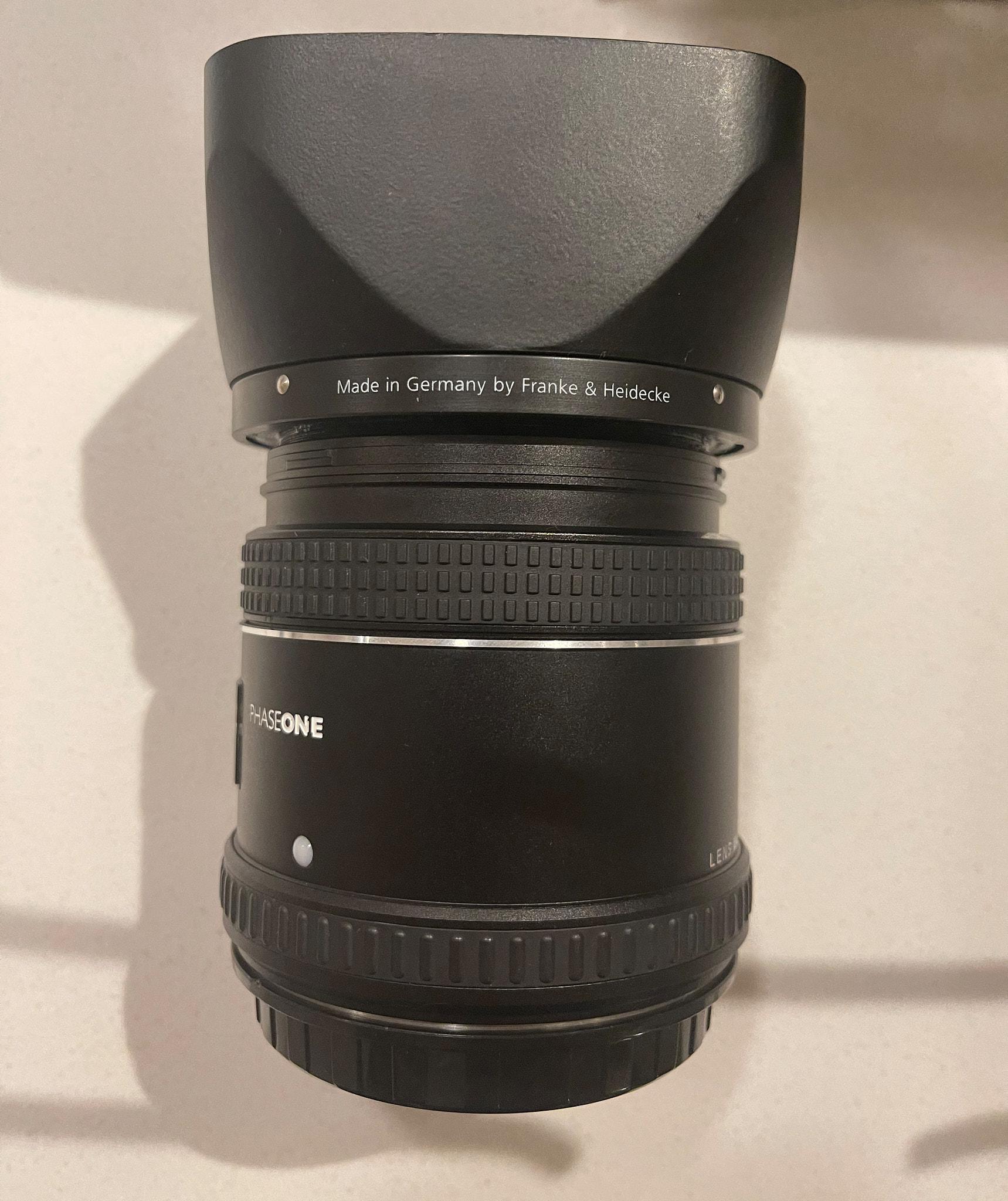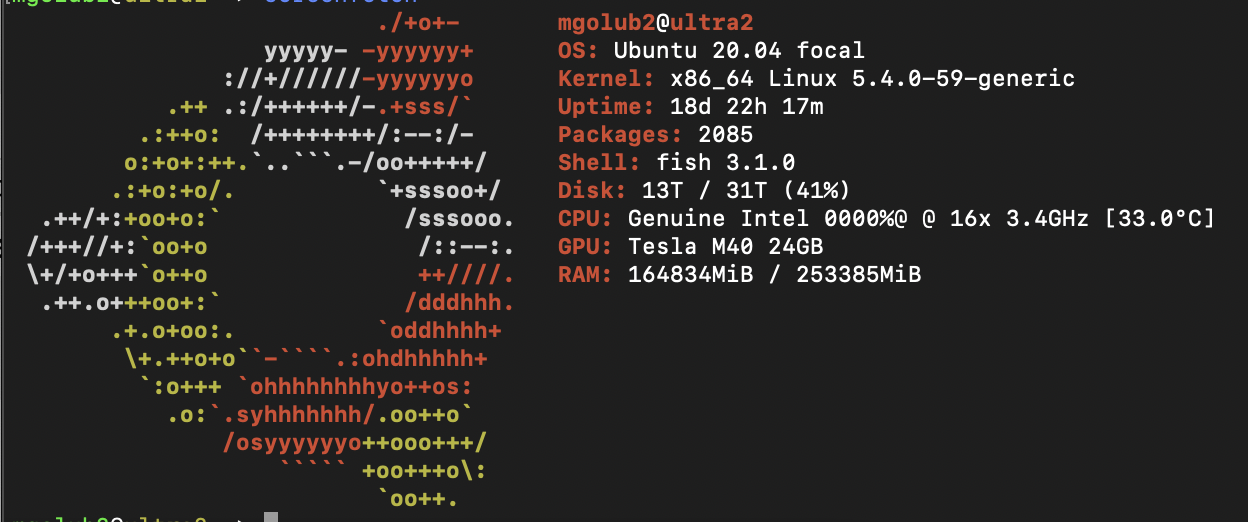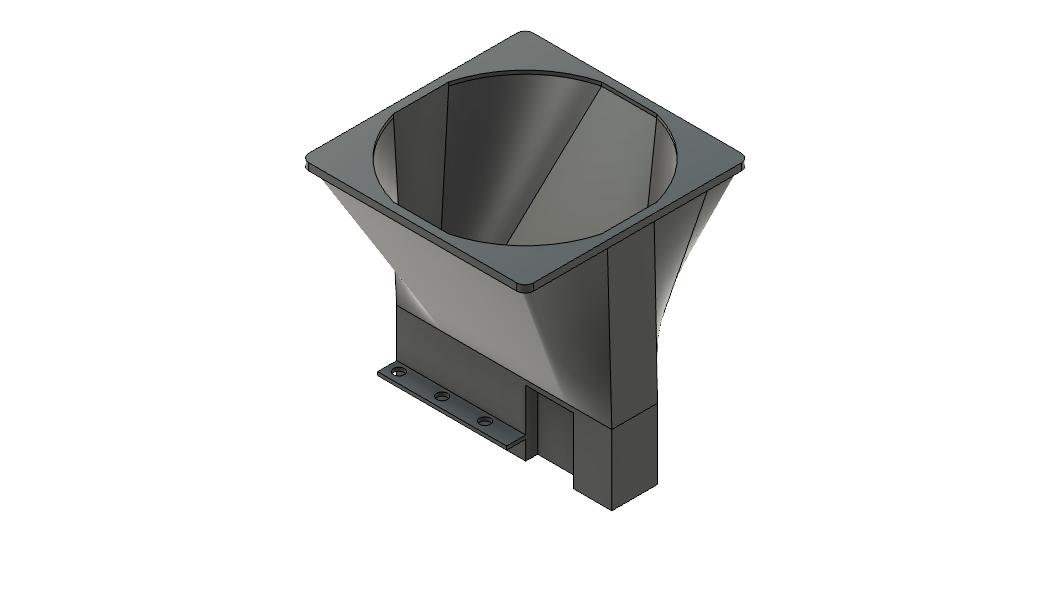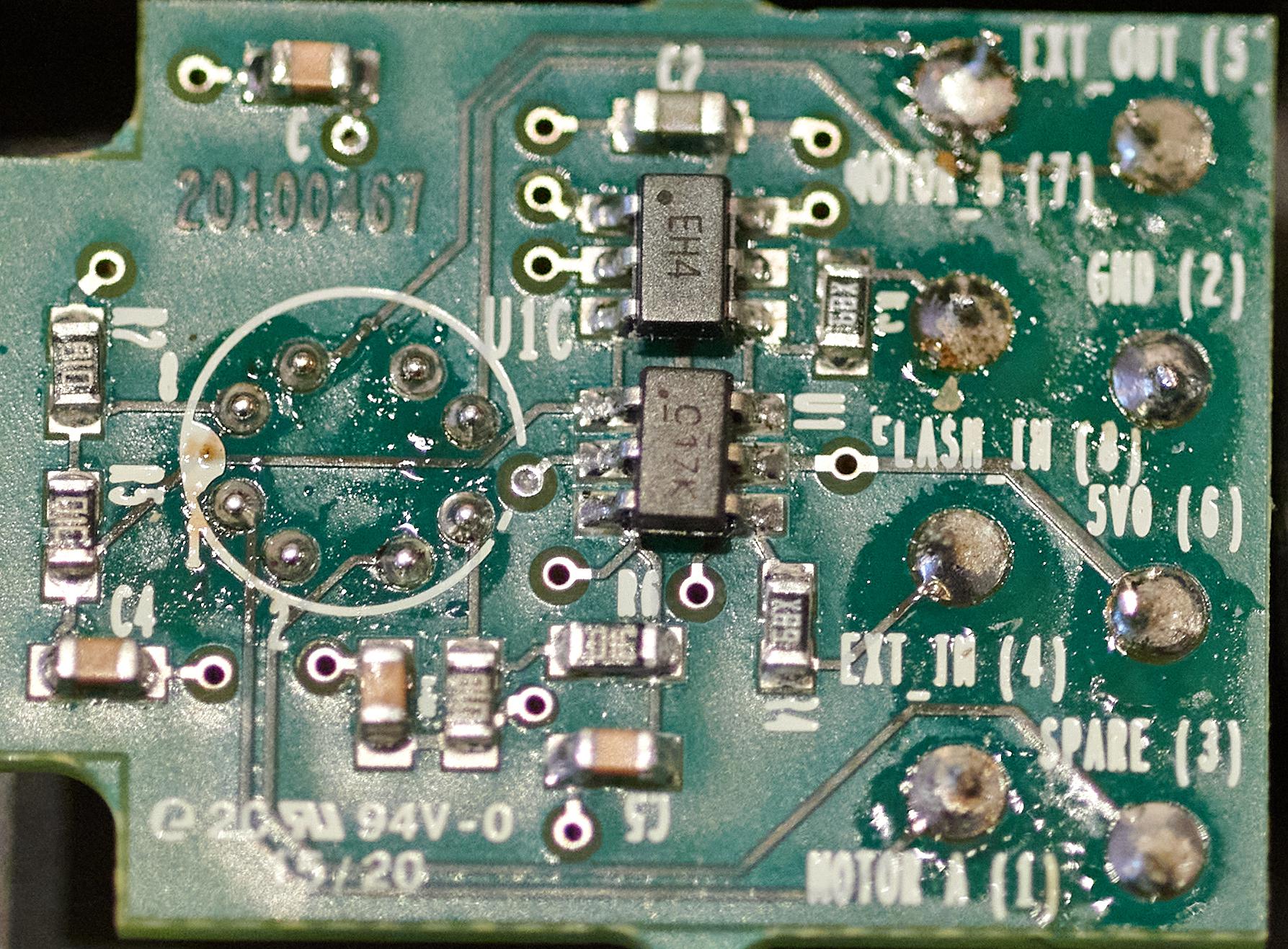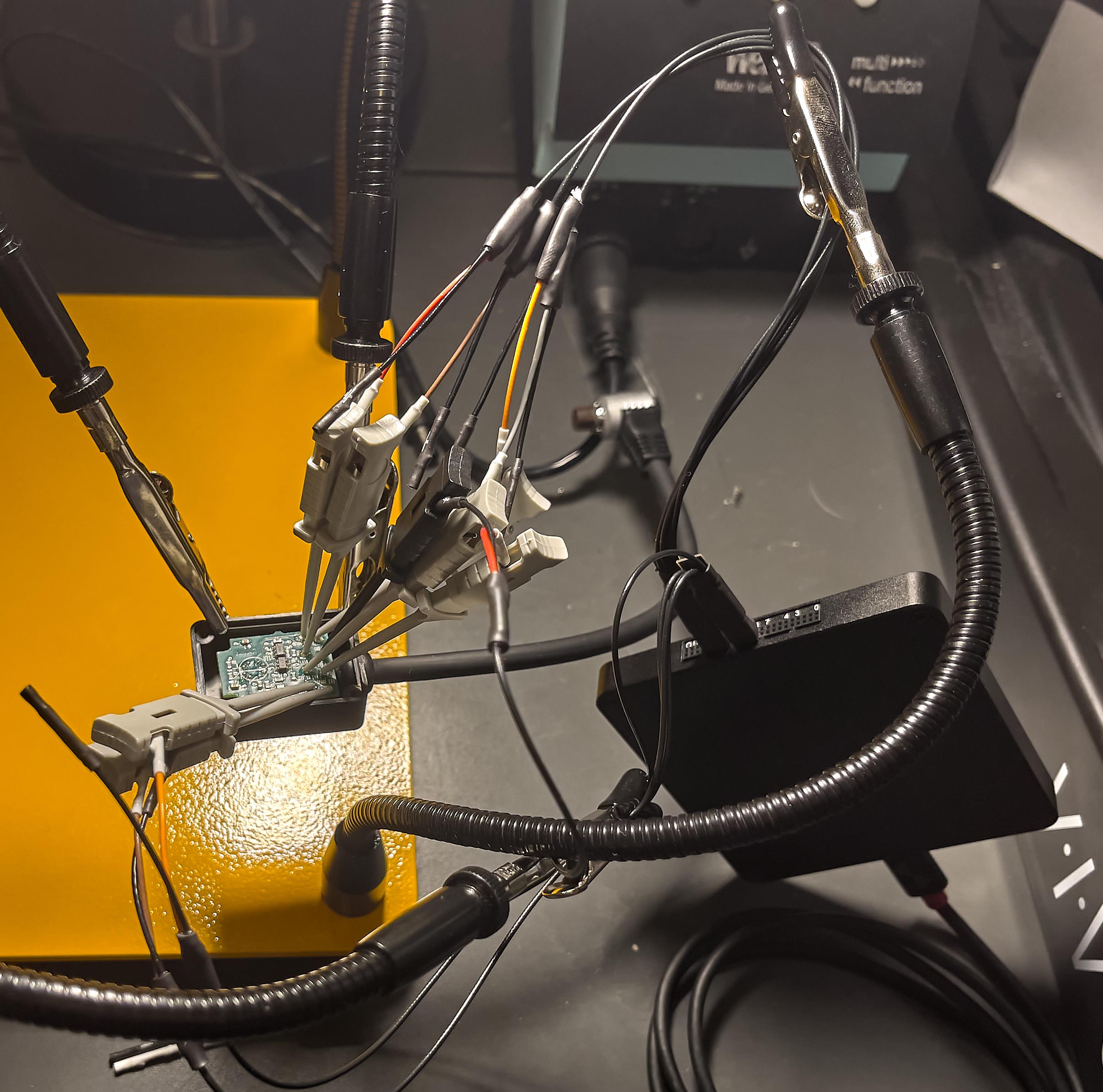Phase One & Mamiya AF Pinout
For awhile now I have wanted to reverse engineer the Mamiya & Phase One lens interface, with the goal of being able to control the apertures of any Mamiya AF, Phase One, or Schneider Kreuznach lens. Mamiya originally developed this lens interface for their 645AF camera back in 1999, and Phase One/Mamiya extended it with the Phase One XF by adding a new row of 6 pins below the existing 8 pin interface.
By using the rings from a Mamiya 645AF Macro Bellows with a minor modification, I was able to connect a 80mm lens to my 645AFD and Phase One XF remotely. This let me gain access to the lens interface while still having a lens connected, which is critical because the interface does nothing unless it detects a lens is mounted.
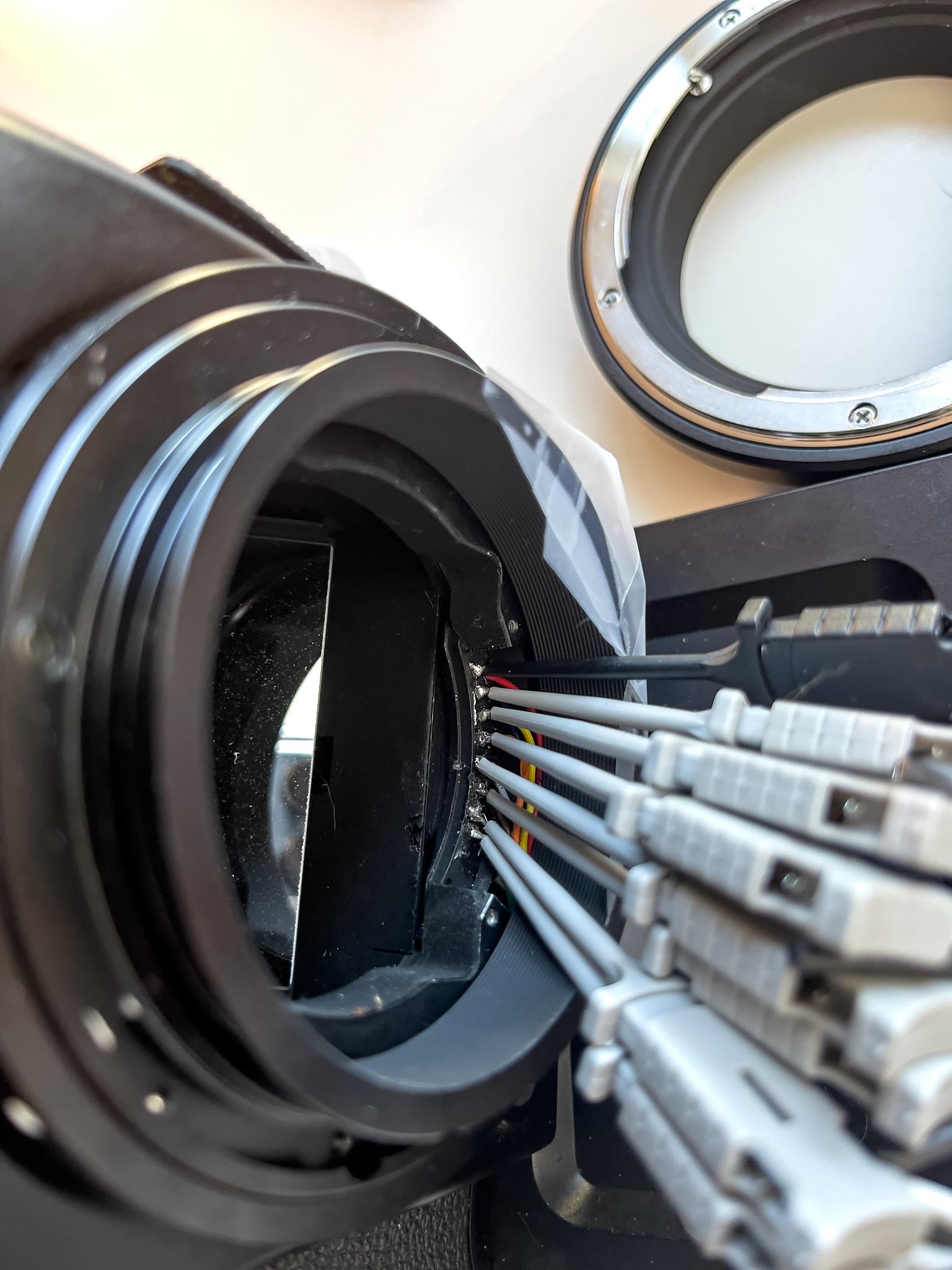
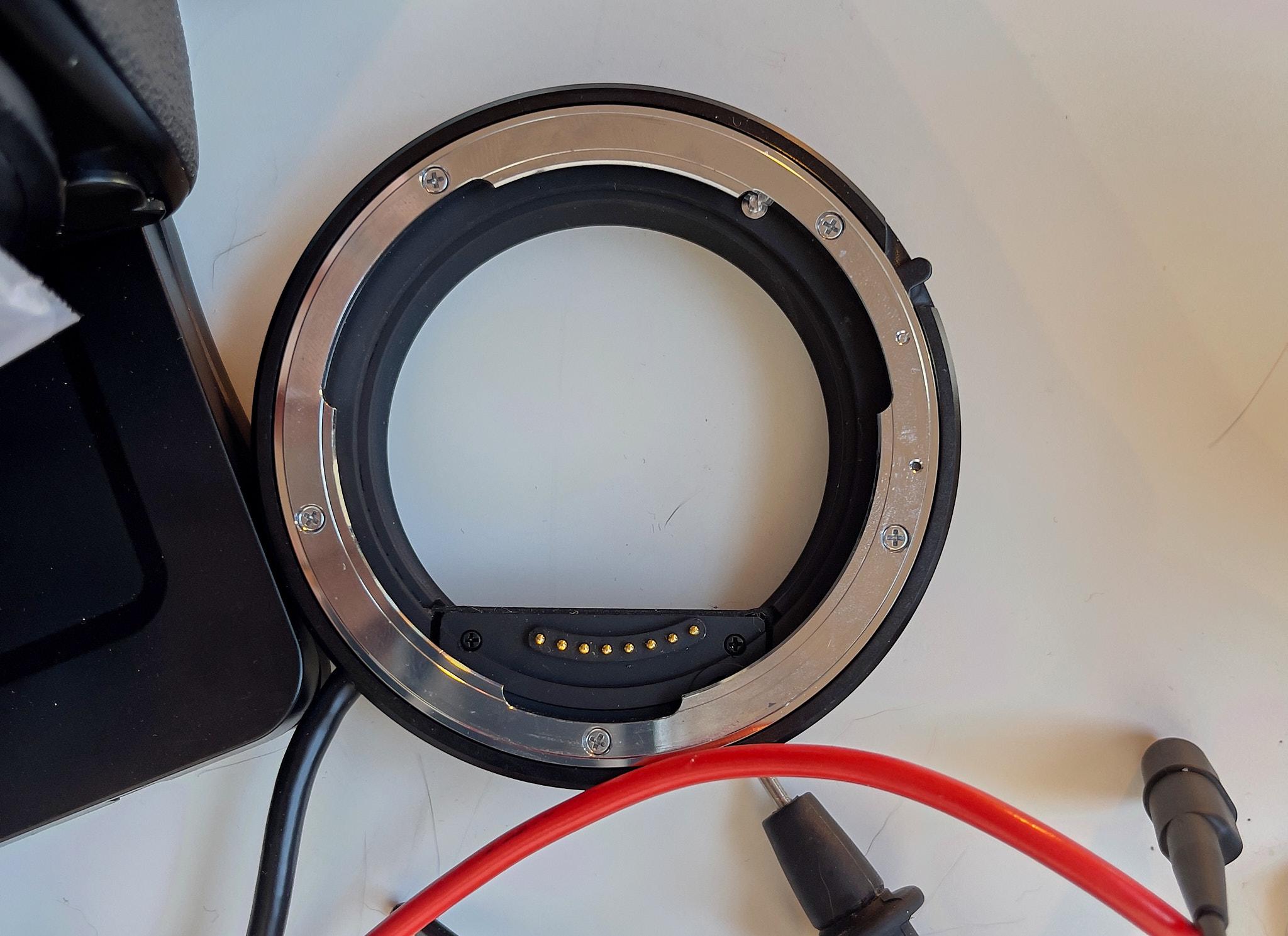
The first step was to figure out the ground, which I did by guessing that the GND and main voltage would probably be as far apart from each other as possible, and that the main voltage source would be the last contact to interface when rotating the lens into position on the mount. This actually turned out to be a great guess, as the first pin to the right looking at the camera body front is GND, and the first contact that every pin will slide over as the lens is rotated. The pin to far left, pin 6 in my labeling, was 8.89 volts, which is probably the unregulated output of the 6AA batteries in the 645AFD I was using when taking voltage measurements. On the XF this is probably 7.2v or whatever the BP915 battery back is putting out. The next pin over, pin 5, measured 5.12V, which is probably the regulated logic voltage. The rest of the pins operate at a 5V logic level at least. Pin 4 is either a sense pin of some kind, for leaf shutter lenses, or not used - it does seem to pulse to a ~1V on camera power on, but otherwise does nothing. The rest of the pins are part of the serial interface.
After hooking up my logic analyzer, it appeared there was a 100Khz clock sometimes on Pin 1: .. image /images/mamiya_afd_speed.png This was true for both the Mamiya AFD and the Phase One XF I tested. There was also what looked data on Pin 2 and Pin 3, looking at Pin 0, it was always 1 when data was being transferred, and toggled low at the end of a sequence of transfers. I figured that this was likely basically standard SPI, and guessed that Pin 2 was MOSI and Pin 3 was MISO purely because Pin 2 always sent data first before Pin 3 responded. After setting up the SPI decoder for the corresponding pins, it seems like I was successful, and SPI data that looks a lot like the Digital back protocol is being captured :)

The final pinout, as I have been able to determine:
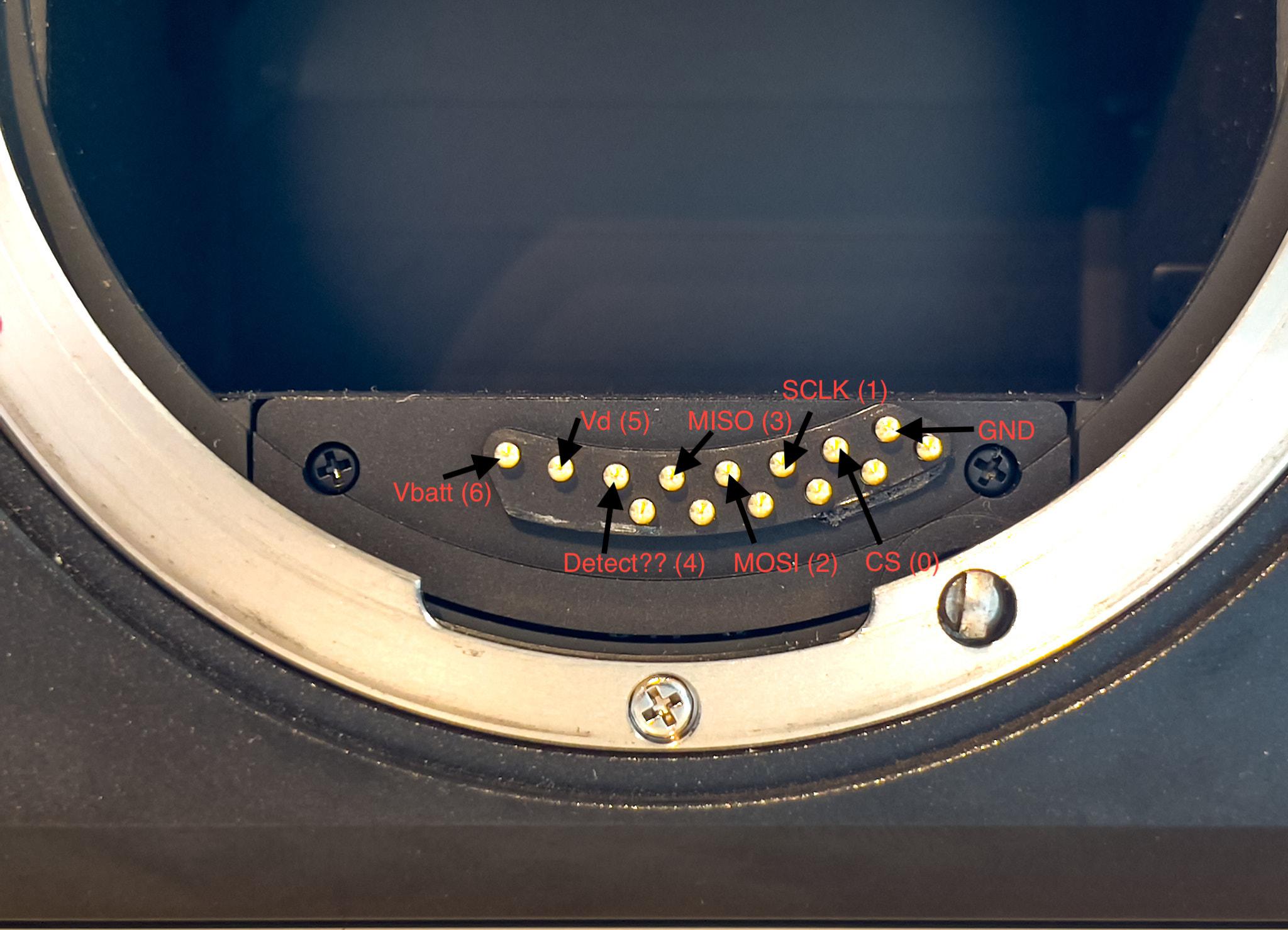
I don't have any of the newest (and very expensive!) Blue Ring lenses to determine what the newer row of 6 pins does, but with the top 8 pins understood simple aperture control should be possible with any 645AF lens; once I can reverse the protocol for controlling the lens. So far, it looks very similar to the Digital Back Protocol that has already been reverse engineered by others for the older pre XF cameras (645DF/AFDIII/AFDII/AFD) here
